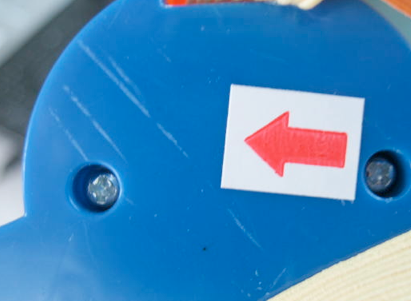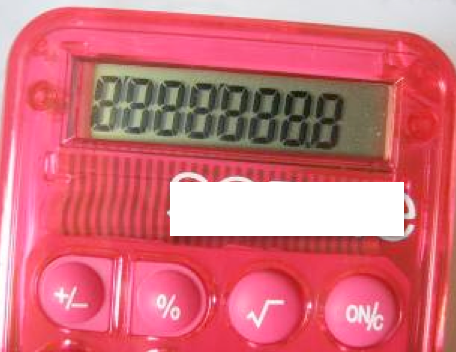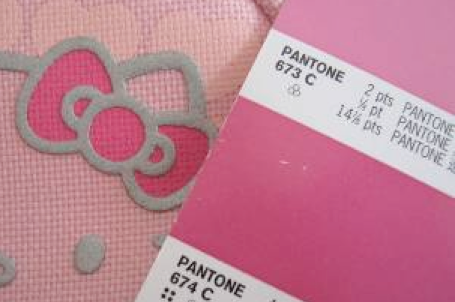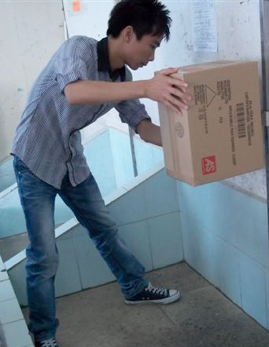Importing promotional goods is a risky activity. Purchasers are often in contact with tens of different suppliers located in developing Asian countries. To make matters worse, they often select suppliers on the basis of price alone. This is a recipe for frequent quality problems.
We have performed thousands of QC inspections on promotional goods, and we have compiled a “top ten” list of the most frequent defects:
1. Proportion of visual defects on the products
Most products are made by hand in Asian factories. The products’ workmanship and finishing are seldom perfect. And, for the Western consumer, too many imperfections are a sign of poor quality.
In nearly 30% of cases, the proportion of defects on the products is above the limits. In most of these cases, the buyer asks the factory to rework the products because they are unsellable in their current condition.

2. Labeling & marking
The logo is often the most important aspect of promo items. Yet, once the order is in production, the buyer’s requirements are not always respected. For example, the colors might be off, or the placement might not conform.
Mistakes on general labeling and on the cartons’ shipping marks are also frequent. Often times, they are printed incorrectly, or they are in the wrong place.
3. Function test
A lighter might not work, a bag’s zipper might resist normal use, or a calculator might be unable to perform the most basic operations.
The fact that a product works as intended is fundamental. Unfortunately, if you place one-shot orders and if you negotiate prices hard, you cannot assume that the manufacturer will respect his commitments.

4. Tests relative to importing country’s regulations
If you purchase sweaters for kids, did you think of limiting the length of the strings in the neck? If you buy flip-flops, did you remind your supplier that you need a composition sticker?
The European Union has developed an impressive body of directives designed to protect consumers. Make sure you respect them, or be prepared for heavy consequences (confiscation of the goods by customs, or legal action after the products are on the market).
5. Colors or general appearance of the product
The average Chinese engineer does not know about the consequences of using the wrong shade of red on your products. Yet it can be essential, in case several items from various suppliers are side by side on store shelves. This is a frequent cause of misunderstandings and disputes.

6. Inner packing
If the gift box does not look nice, has a printing defect, or was crushed during transport, the accompanying product often has to be thrown away, too. Make sure you explain this to your manufacturers.
7. Export packing
Many importers forget to define the export packing requirements. They tell the supplier “you can use your usual packaging materials”, which actually means “you can buy the cheapest cartons you find” in the hears of the factory managers.

A common procedure, during pre-shipment inspections, is the “carton drop test”. The inspector checks whether the products will be broken if a carton falls down during transport, and if the carton itself will remain closed.
8. Size & weight
It is very tempting for a factory to save on the materials used during production. For example, for a T-shirt, they might use a thinner fabric. They might also use a pattern that is a bit too small, resulting in “L” garments are actually in “S” size.
9. Drop test
What good is a pen or a key ring if it breaks the first time it falls on the ground? It gives a feeling of “cheap product” that your brand might not want to be associated with.
The free-fall test, from about 150cm, is another test that inspectors frequently perform in the factory.
10. Wrong assortment or wrong quantity inside cartons
The employees in the packing department of factories are often the lowest paid and the least trained. If they have to pack the whole order before the container arrives at 2pm, and if their working environment is a mess, the result won’t be pretty. They often will not count the pieces when they place them in the export cartons.
How to avoid receiving products with the above defects?
First, make sure you describe what you require clearly, with a drawing whenever possible. Don’t leave the choice to the factory.
Second, approve a perfect pre-production sample, and make it clear that you expect production to be up to that standard. Keep a sample for you, and send one to the factory.
Third, send an inspector to the factory to check quality. Most buyers schedule quality control after production is finished. However, if you deal with an untested supplier and you need to deliver an important customer on time, you should also send an inspector during production. This will allow you to catch the problems early and to push the manufacturer to take corrective actions.
Renaud Anjoran works at Asia Quality Focus , an inspection agency helping importers avoid the problems mentioned in this article.
